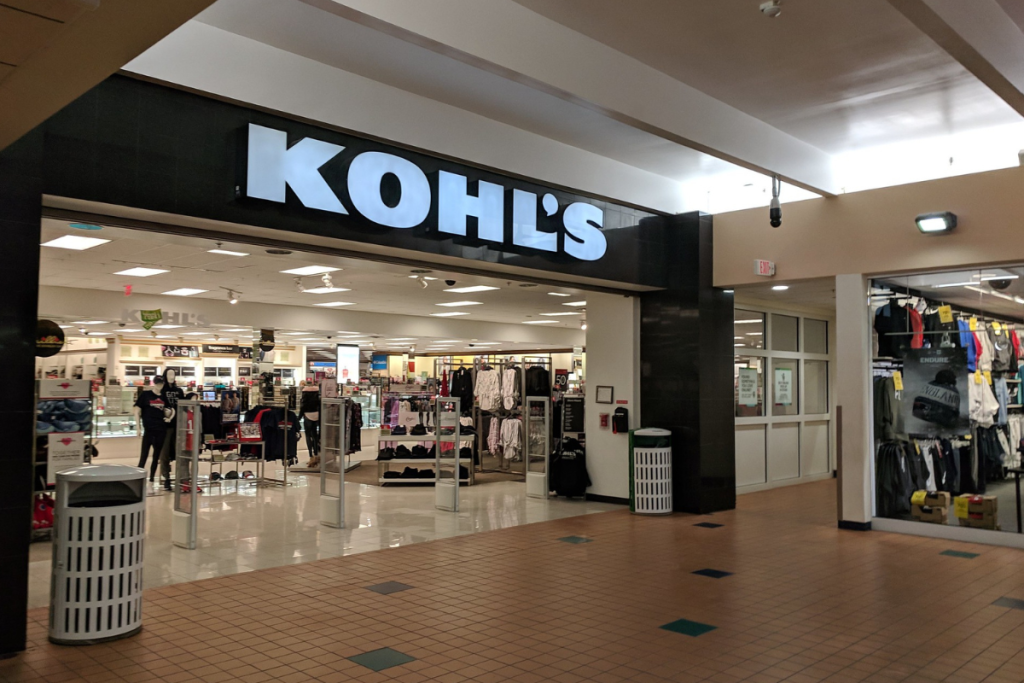Kohl’s is navigating a turbulent trade environment with a more adaptive inventory strategy and a sourcing footprint recalibrated for tariff resilience. As new tariffs loom, the retailer is doubling down on real-time supplier collaboration and pricing elasticity to defend margins and customer value.
Diversifying Sourcing to Buffer Tariff Exposure
With tariff risks intensifying, Kohl’s is leaning on a sourcing strategy it began building years ago. CFO Jill Timm emphasized during the company’s Q1 2025 earnings call that Kohl’s is not overly exposed to any single country, crediting the groundwork laid in 2017 during earlier trade tensions. “We’re not overly reliant on any one country,” Timm noted, adding that the company has proactively relocated production from high-tariff regions by leveraging its broad factory network.
The goal is to contain cost inflation at the source. By shifting production out of China and similar tariff-prone countries, Kohl’s is better positioned to absorb trade-related shocks. This approach aligns with trends seen across the retail sector, where brands are seeking greater geographic balance in their supplier bases. Timm cited small electronics as a category where Kohl’s is adjusting orders downward based on elasticity models, anticipating dampened demand as vendor-led price increases take effect.
To stay ahead of potential delays or surges in costs, the company pulled shipments forward and is holding some seasonal stock to be released later in the year. This contributed to a 1.7% year-over-year rise in inventory in Q1, but Timm projected a high single-digit decline in inventory by year-end as receipts are tightly managed.
Inventory as a Tactical Lever
Rather than simply cutting orders, Kohl’s is using inventory as a dynamic lever to manage both customer demand and import pressures. The retailer is prioritizing in-stock rates in value-sensitive essentials and core private-label categories, a critical move as lower- and middle-income shoppers face continued economic pressure. Timm said Kohl’s is seeing traction from improved regular-price sell-through and noted that proprietary brands like Tek Gear, FLX, and Lauren Conrad are helping restore margin structure due to their favorable cost profiles.
The strategy stands in contrast to other retailers also contending with tariff fallout. Dollar Tree has opted to discontinue certain uneconomical SKUs altogether, while Lowe’s is taking a more surgical approach by evaluating product-level profitability. Kohl’s, meanwhile, is threading the needle between assortment clarity, real-time elasticity, and forward-looking inventory optimization.
The company’s Q1 gross margin rose to 39.9%, a 37-basis-point improvement, despite year-over-year sales declines of 4.1%. This improvement was largely driven by better category mix and markdown discipline. With proprietary brands carrying structurally higher margins, Kohl’s is ramping up investment in these lines while slowly reintegrating them into promotional schemes, reversing earlier decisions that excluded them from coupons and alienated core customers.
Why Tariff Mitigation is Only Half the Story
Kohl’s operational response to tariffs may be technically sound, but the broader question is whether value-focused inventory discipline is enough to counterbalance weakened consumer sentiment. According to retail trend data, discretionary retail is increasingly bifurcated—while high-income consumers continue spending, middle-income cohorts are more selective, trading down or deferring purchases altogether.
Timm acknowledged this bifurcation during the call, stating that “our middle- and low-income customers remain the most pressured.” Even as Kohl’s limits its tariff exposure, these customers may remain on the sidelines, reshaping traffic patterns and product mix expectations.







